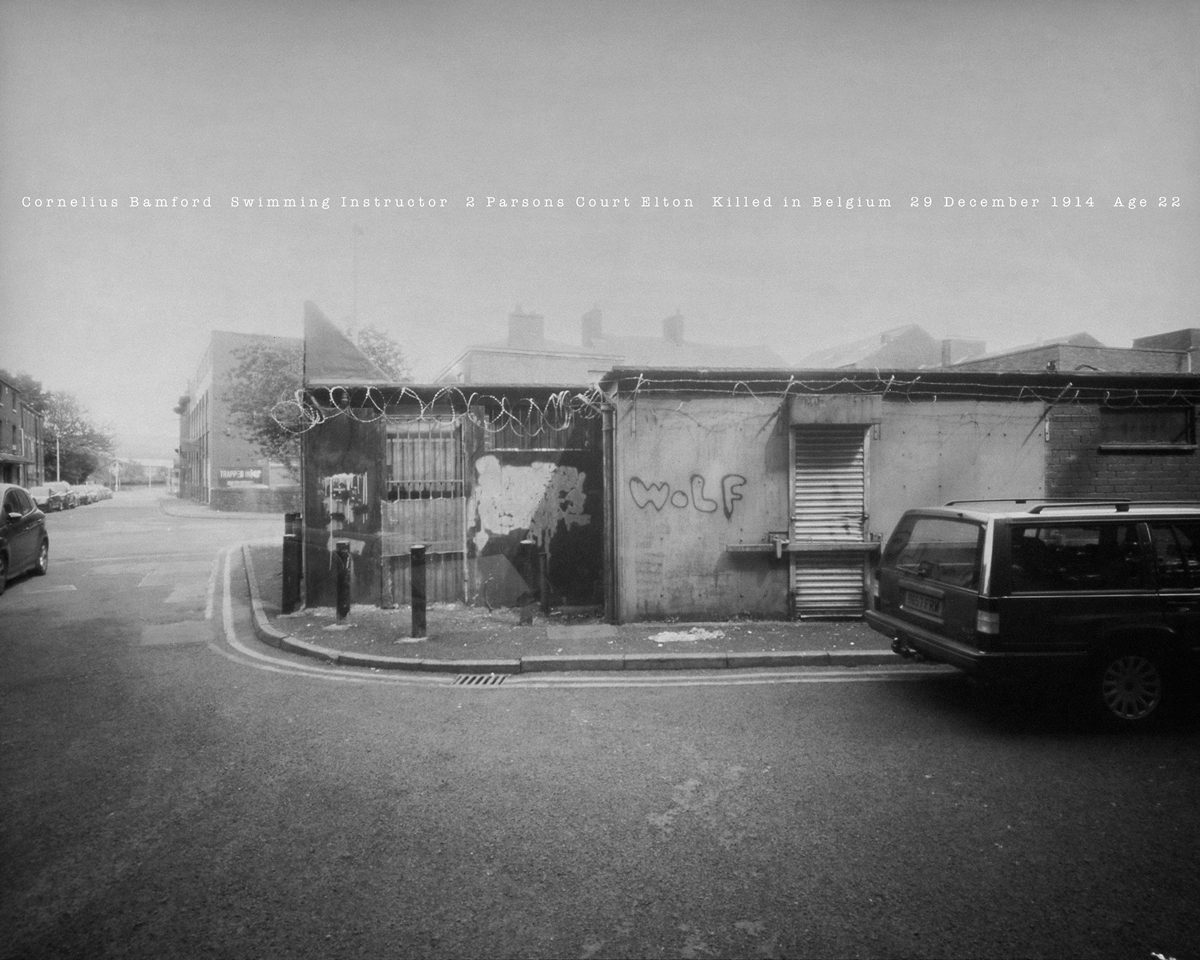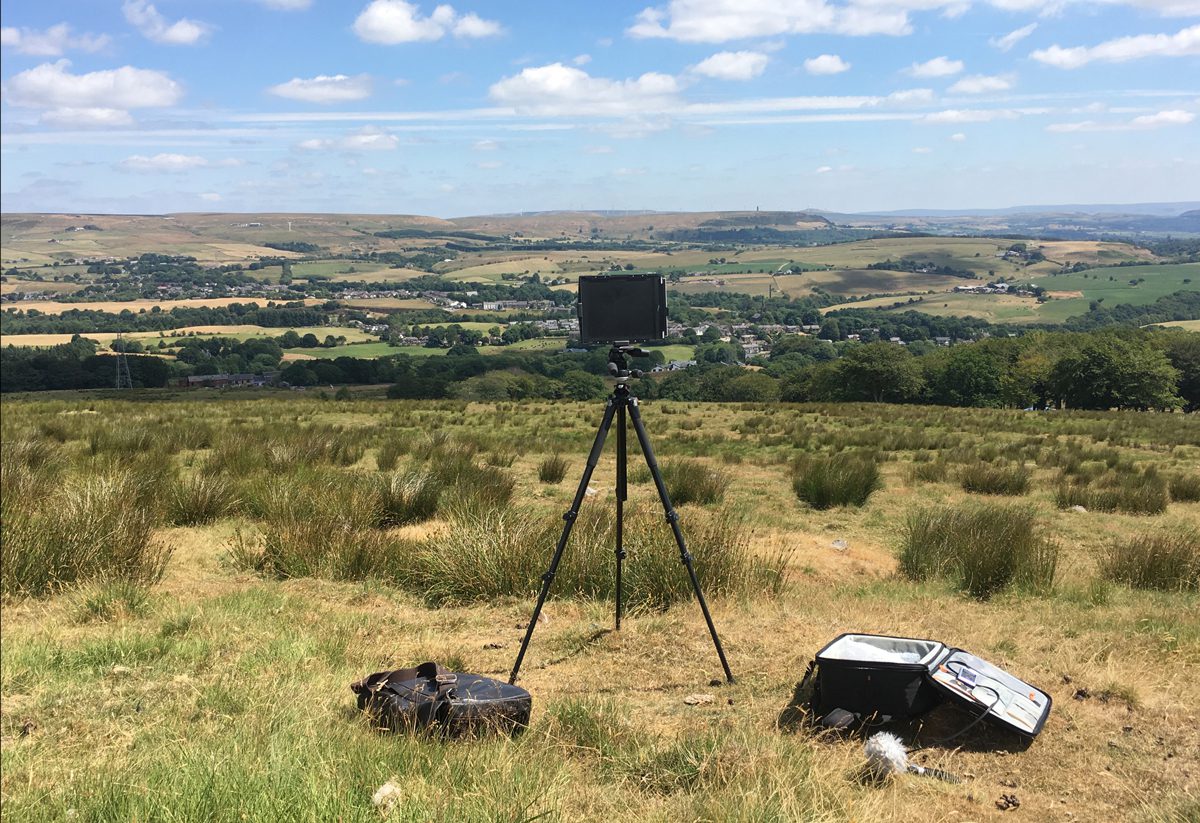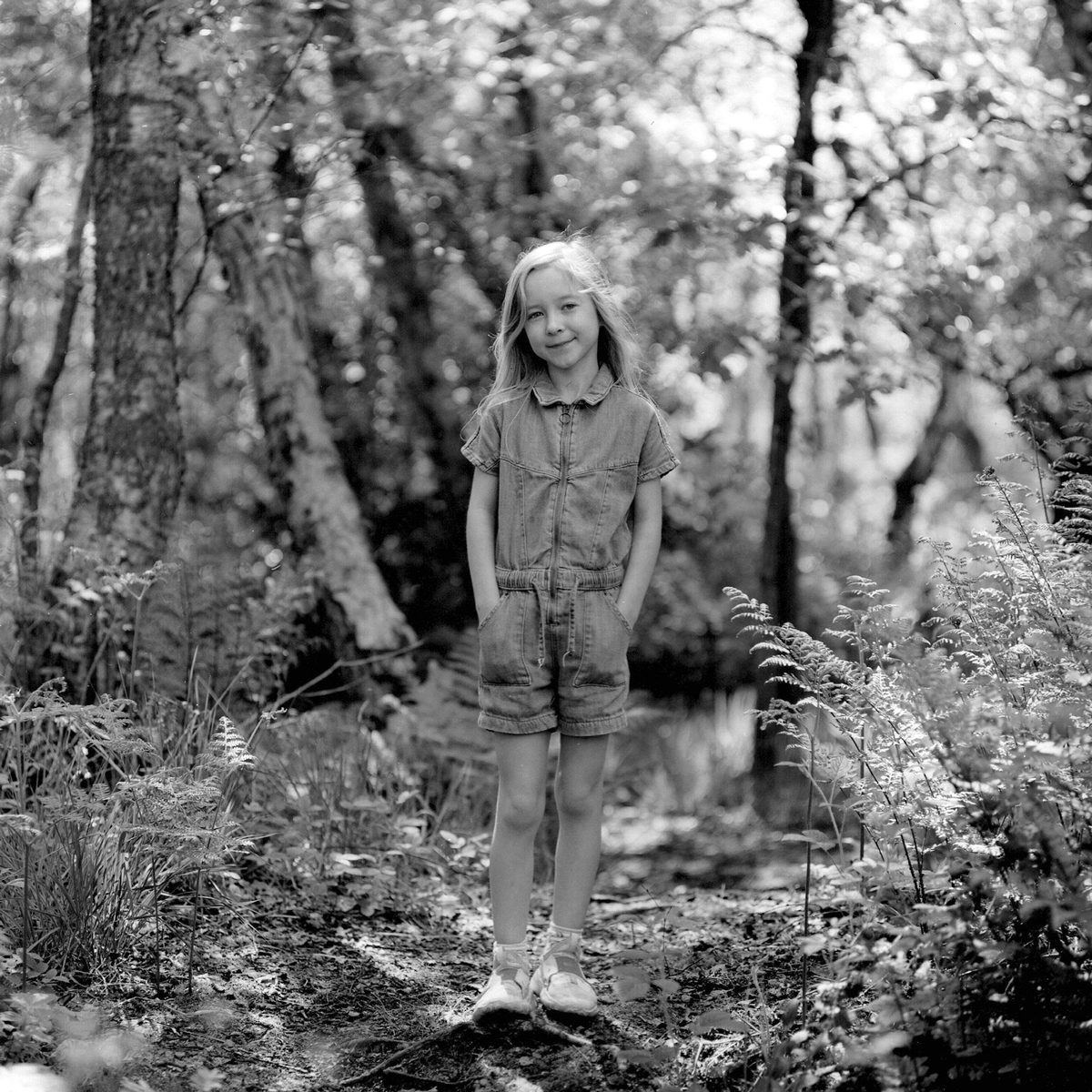Behind The Film - Paul Cliff Posted On 8th August 2023 To Magazine & Behind the Film

Introducing our 15th interviewee and one of Film Finishing's newest team members, Paul Cliff.
Who are you? What’s your job title at HARMAN technology and how long have you worked here?
My name is Paul Cliff and I have been with the company since February 2023.
- Den
- Roots
Tell us a little about your day to day role.
I work on our 120 roll film spooling machines. I love everything about it. It’s been like taking control of a classic car, learning all its idiosyncrasies and intricacies; it’s an absolute marvel how it puts its elements together, its syncopated sounds, its motion - it’s a mechanical beast: it breathes. I love what it makes; the 120 roll as a cultural object - its wonderful simplicity, its poise, its potential; it really is a beautiful thing.

The edge of the wood
Share a favourite photo that you shot on ILFORD / Kentmere film and tell us why it’s your favourite.
It’s an almost impossible task to select a favourite: these things are forever shifting from moment to moment. I am fond of certain images for how they have gone out into the world and found some kind of connection to others. This image is called Cornelius Bamford and was taken using the Titan 10x8 pinhole camera onto ILFORD MGRC Satin paper creating a 10x8 paper negative. The pinhole paper negative is the pinpointed location of the home that a young man named Cornelius Bamford (a swimming instructor and recent father) never returned to, after he’d left his hometown of Bury to go off and fight in the Great War. The image was part of a major project for my MA studies called Small Acts of Unforgetting and was selected by Eileen Cooper RA for the Royal Academy Summer Exhibition 2020.

Cornelius Bamford. 10x8 pinhole orthochromatic paper negative shot on the Harman Titan 10x8 pinhole camera.
My favourite most recent photographs made with film, were shot on two rolls of ILFORD HP5+ that I personally spooled during the first week with the company. I spooled it, shot it, processed it, contact printed it, then 8x8 printed it on ILFORD MGRC Deluxe V pearl - not a control freak much! Our theme for the month was Texture. They were shot on my Bronica SQB with a standard 80mm lens and a 25R filter onto HP5+ film rated at 25 ISO to be sure of good shadow detail. Both films were processed in ID11 1:1 for 13 minutes.
- Saplings
- Birchtrunk
- Number 10
- Treedom
Have you always shot film, or did you get infected with the bug when you started working here?
I’m of the analogue age. I was given my first camera by my art teacher (thank you, Miss Gadsby) at high-school in 1978. I fell in love with making photographs from the moment I got my first prints from my first film returned by post from Truprint - with another film free, if my memory serves me correctly. I think it took them something like 14 days to come back - the wait was excruciating and exquisite, but to behold and hold your actual photographs is a pretty special feeling - even all these years on. I loved chemistry at school too (thank you, Mr Fell). Optics, art and chemistry - a quintessentially photographic match made in heaven. I got my very own camera, a Pentax MX, for my 16th birthday (thanks Mum and Dad).
At college, soon after, I discovered the magic of the darkroom - magic that 40 years later, still makes me feel exactly the same sense of excitement and wonder - and achievement (if and when it all comes together - lol).
What subjects do you like to photograph and how would you describe your photographic style?
I very much enjoy the ordinary. Over the last few years I have become more and more interested in the vernacular landscape. I have a keen interest in Victorian vernacular history. I try and connect these two things together using the constant of place. I think my style, if I have such a thing, would be straightforward - almost to the point of evidential.

William Tillyer Rhodes. The place where the 9 year old was last seen alive before his murder in 1888 while on summer holiday in Southport, photographed in 2021.

10x8 Titan Looking back at Holcombe Hill from Chetham Chase.
What mistakes have you made shooting film that you are not too embarrassed to share?
I strive for working methodologies that become in-grained. Technically, I rarely get it wrong. However, lots and lots of my photographs don’t work as a final image - what’s that saying, control the controllable? I’ve had plenty of practice at that. As a 16 year old student in college - I once washed my 5x4 B&W film in very hot water by accident and all the emulsion slid-off with the squeegee. I never made that mistake again.
How many different film stocks have you shot?
I love XP2 Super; HP5+ and FP4+. I tend to stick pretty much to those three. I found a solid methodology for my 10x8 orthochromatic paper negatives: a full yellow filter behind the pinhole; 20 minute exposure; diluted ILFORD Multigrade paper developer and an extended development gave me the results I was hoping for.
If I shoot in colour - rarely these days - I generally go for Kodak Portra 400.

Do you develop yourself or take advantage of the staff discount at Harmanlab?
I usually develop all my film myself, but I may take advantage of the services offered at the lab - C-41 for XP2 Super in particular, though I wouldn’t scan, as I’d want to make analogue photographs.
Have you ever printed your negatives in the darkroom?
Always. I’ve just acquired a De Vere 504 with an ILFORD 500 Multigrade head - swoon. I like to see the process through from start to finish. Which is pretty outrageous now, because I am potentially in control of it from its raw film state, right through to the photograph. It’s also been really good fun looking back through my archive and seeing which film spooler my old negatives were spooled on and the date of their ‘conception’, decades and decades ago. Each film has a four digit code, which can be traced back to a week in a year and either A or B, depending on which machine put the film and light-proof backing together.
What film camera(s) do you own and which is your favourite?
I have two Titan pinholes; both 5x4 and 10x8. I have a Cambo 5x4 moonrail; a Bronica SQB, 50mm; 80mm; 110mm 1:1 macro; 150mm and a Canon EOS 3. I think the versatility and quality of image of the Bronica makes it my favourite camera.

Which is your favourites film in our range? Tell us why and share a shot taken with it.
XP2 Super. It’s an incredible film, solid and reliable in all conditions. I love its tonal range when printed on a diffuser enlarger. With this in mind, last weekend I shot my favourite thing on my favourite film: my youngest daughter, Romy on our Sunday stroll through our local wood - shot on XP2 Super at 200 ISO (for extra shadow detail), no filters, processed C-41, printed on ILFORD MGRC Deluxe V Glossy with an ILFORD 500H head.

Romy

Root Decay
Images - ©Paul Cliff
About The Author

Paul Cliff
Paul Cliff is a photographer with interests in socio-political landscape, vernacular history and contemporary vernacular landscape. Born in Stretford, Manchester in the mid 60’s. Schooled in Droylsden in the mid 70’s. Studied photography at Tameside College before going to work as an assistant photographer at Colour 061 in Salford in the mid 80’s. Laboratory manager of the boutique processing house Colourwheel in the mid 90s. Freelance photographer 00s to now.












